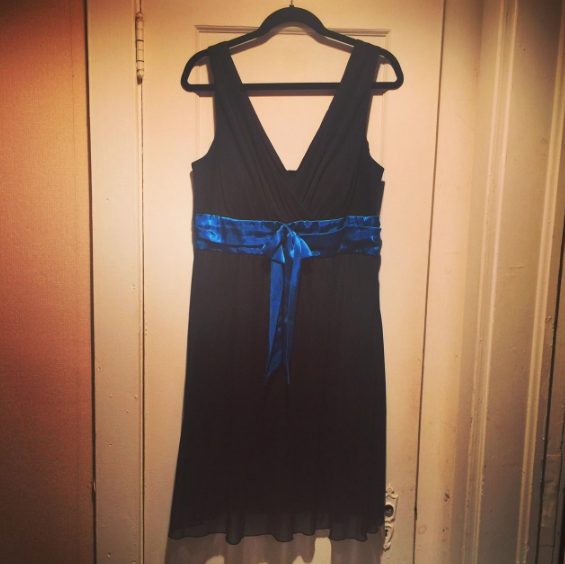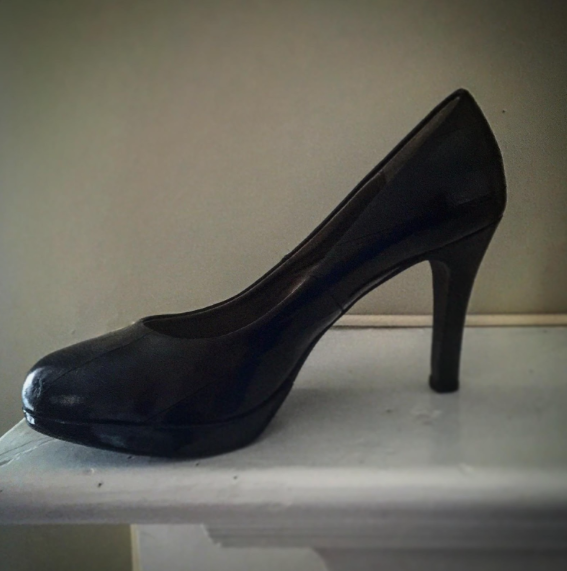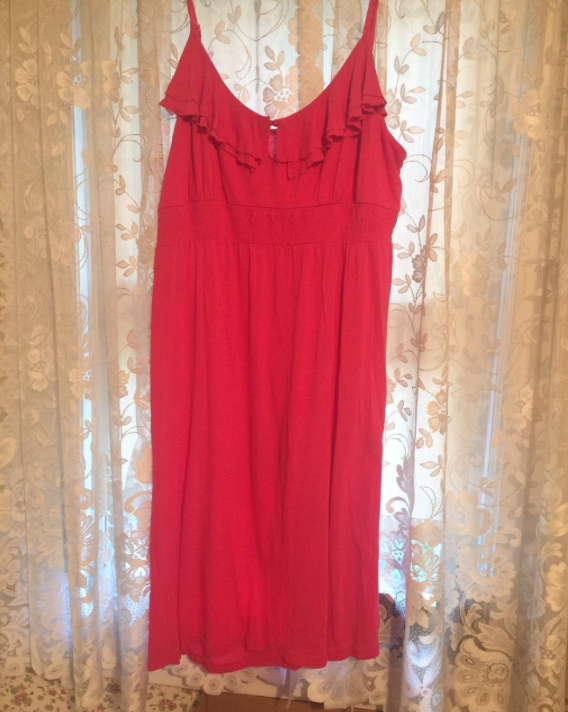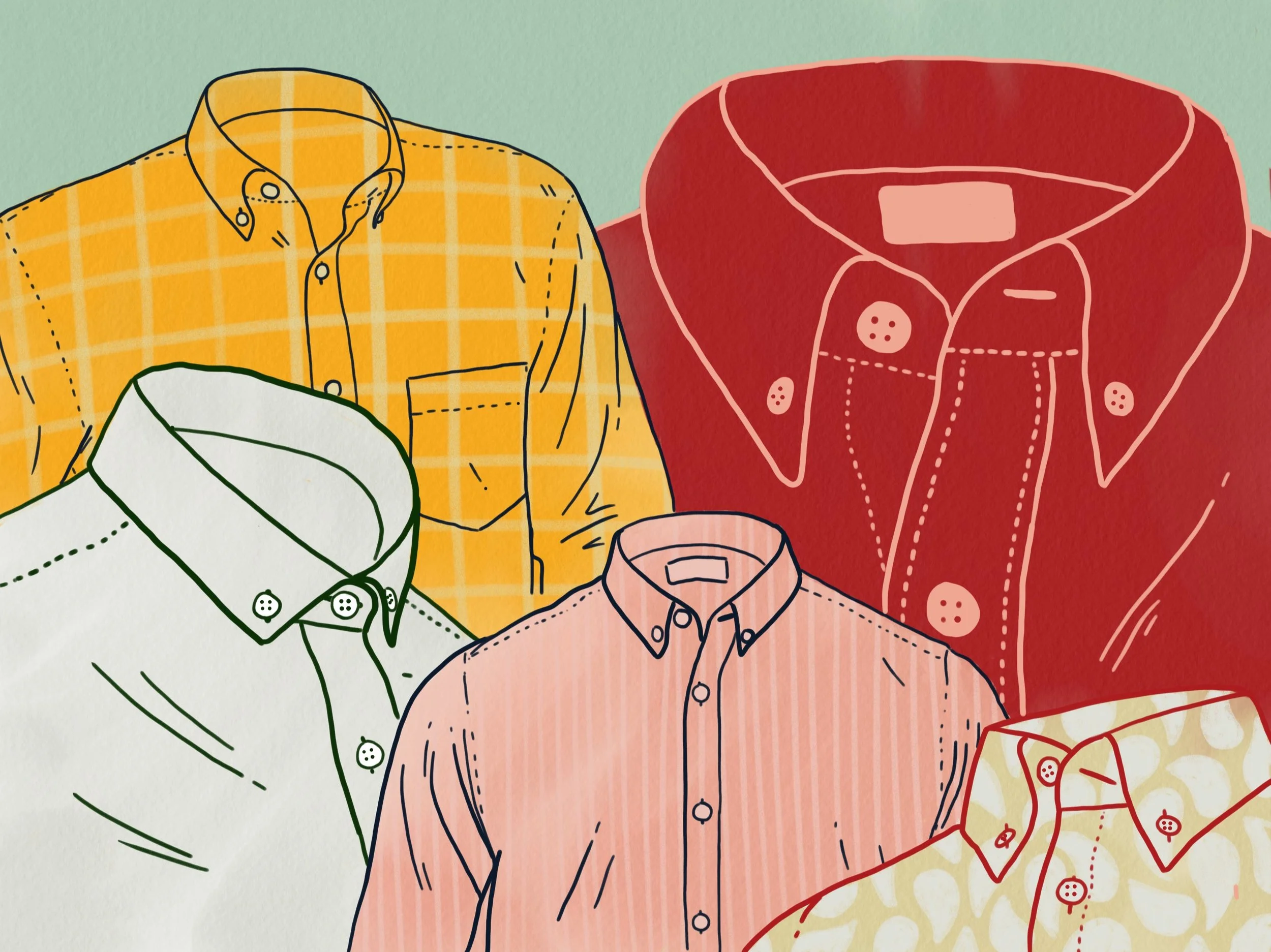The Girl Next Door: A Crossdresser Explains her Wardrobe
My friend “Louise” lives most of her life as “Daniel,” a fifty-something heterosexual editor at a well-known commercial magazine in Manhattan. He does well—or well enough. (Like everyone in editorial, he’s felt the pinch recently.) Whenever time permits, or his girlfriend is out of town, he returns to his childhood home in an outer borough to become Louise.
As a child, Daniel was abused by his alcoholic father; his mother was a strict Catholic. Occasionally he tried on her clothes. In the 1970s, he bought his first piece of women’s attire, a cardigan that fell above the knee, with cable knit down the sleeve. “It represented what all the cute girls were wearing,” Louise says. “I hid it away in a box. It’s long gone.” Daniel married in the ’80s and had children, but whenever he could, he would secretly get dressed and visit department stores. The marriage ended in divorce.
A few times, Louise went to a Manhattan party for crossdressers, Edelweiss, but she didn’t like the scene. “The clientele was mostly fetishist guys and hookers,” she says. “It just didn’t feel good. It was sleazy.” In the ’90s, she began socializing with other T-girls, as they call themselves, and she even wrote for a crossdresser publication. But she couldn’t come out. “I have children, an elderly parent, and professional responsibilities,” she explains. As of 2016, the worlds of Louise and Daniel remain separate.
“Most people,” Louise says, “can’t get their head around this.”
When Louise started showing me her clothes, I was surprised at how ragtag and informal her choices were. There were no special, totemic items. Most of her outfits come from mass retailers like H&M. She knows and loves designer fashions, but she doesn’t have the budget, time, or space for them. Her garments have to be hidden away in plastic bins in a shed.
For some people, simple clothes provide a bridge to an identity that keeps them sane and alive.
The day of the interview, Louise presented in a simple blue sheath dress, a Jennifer Aniston-style wig, turquoise shell wrist cuff [see top photo] and black China flats. I asked about the look.
"This is a basic elegant summer shift. It’s second-hand, a gift from my friend, 'Tina.' [Tina is a biological woman.] She tells me what to wear, how to dress and accessorize. One day she told me, 'Louise, I think of you like a sister.' That meant a lot."
"I found this necklace lying in a drawer in the house. I guess it was my mother's.
I usually have one wig in rotation. Eventually, it loses its body, gets stringy, looks fake, which is very frustrating. I’ve had short black wigs, long blonde wigs. I try to make them fashionable, but not stand out."
"I got this cocktail dress at a dress shop on 34th Street.
The label doesn’t matter. I want it to look good. I used to like Ann Taylor; then I found out that everything is overpriced and not that well made.
I’m a 12-14, but I’m trying to lose and get down to a 10. No shapewear. I probably should wear it, but I don’t."
"Heels are tough. Plus, you have to spend money to get good shoes. I prefer China flats, they’re so comfortable. But I do wear these [MODA heels].
I know when most people look at me—really look—they know. But when they don’t, I can pass.
I’m not “transgender,” I’m a crossdresser. I’m not transitioning. There’s not a lot written about us, maybe because most of us are in the closet."
"I love the way the skirt of this Old Navy dress flutters around my legs. It’s a great daytime dress. I’ve worn it on the boardwalk in New Jersey. I’ve worn it in London.
Dressing is more of a treat for me than most women, because there’s an intensity to it. It’s such a release for me. It’s stressful when I can’t.
For each T-girl, it’s different. Some want to be outrageous, buxom. I’m not going to wear anything too revealing. Sometimes I like looking slutty, but you gotta have a better body than I do. I’m not Brigitte Bardot.
No, I want to look like a stylish lady. Natural, on point. Not cartoonish. I want a pretty, fashionable, elegant look in everything I choose.
I want to be the girl next door."
When I was a child, I thought people would make much less of a fuss about sexuality if everyone was born with their orientation stamped on their forehead. How convenient, I thought, if there were a system, a way of communicating all the sentiments too subtle, abstract, or ephemeral for words. As I came to find out, such a system does exist. The clothes we cover our bodies with compose its grammar and syntax.
Though I’ve been writing about it now for 16 years, fashion and its strange ability to illuminate the subconscious continually astonish me. Wherever I go, I can’t help noticing what's communicated by the way people dress—their feelings toward their bodies, their understanding of their status at work and home, the secrets they keep, both from other people and themselves. Nowhere is this more the case than with my friend Louise.







